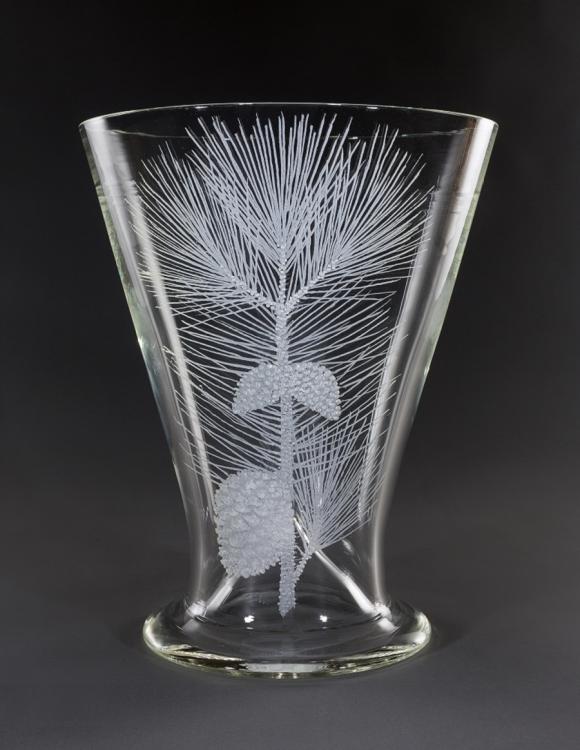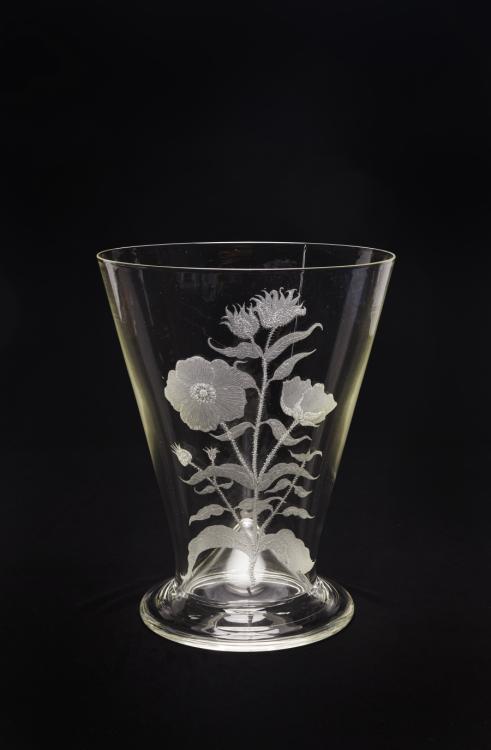Immortalised by Lieutenant-Colonel John McRae's poem In Flanders Fields (1915), became the enduring symbol of the war for veterans and remembered as the only flower to bloom in the shattered landscape of no man's land.
Lone Pine charge survivor Lance Corporal Benjamin Smith sent an Aleppo Pine cone from the battlefield on which his brother was killed to their mother. A sapling germinated from that cone now stands at the Australian War Memorial.
Valued in ancient times for its believed ability to improve memory - a sprig of rosemary is worn every Anzac Day as a symbol of remembrance. Its links to Anzac remembrance are made stronger as it was found growing wild on Gallipoli.
Intrinsic to the landscape of the Somme and Flanders battlefields of France and Belgium, the poplar became part of the collective memory of those who fought on the Western Front.
The delicate white flower grows wild in the harsh landscape of the Gallipoli Peninsula. When Australian historian Charles Bean led a team of historians back to Anzac Cove in 1919 they were moved to find Gallipoli Rose growing on the old battlefield.
The Waratah was among the first examples of Australian flora incorporated into our military heraldry and can still be found on the badges of NSW units.
The families of Australian soldiers would often enclose gum and wattle leaves in their letters to the soldiers as mementos of home. The soldiers would burn the leaves to produce the evocative Australian scent of eucalyptus smoke.
The original design for the Hall of Service called for pairs of sliding-glass doors at the entry points to the space. Hall proposed that each of the eight doors (four pairs) would be etched with an image of a plant species relevant to Australia’s Great War service, and to our national memorialising of that war. Fiona Hall planned to hand-etch all the images, centrally onto the doors.
Following changes to the Hall of Service design and the deletion of the glass doors Hall proposed alternative ideas for the works’ placement. However, the ideas for the inclusion of the botanical illustrations continued to evolve and ultimately a solution was settled on whereby the etchings would be made onto glass urns which would be displayed in niches set into the exterior of the Hall of Service walls facing the outer galleries.










